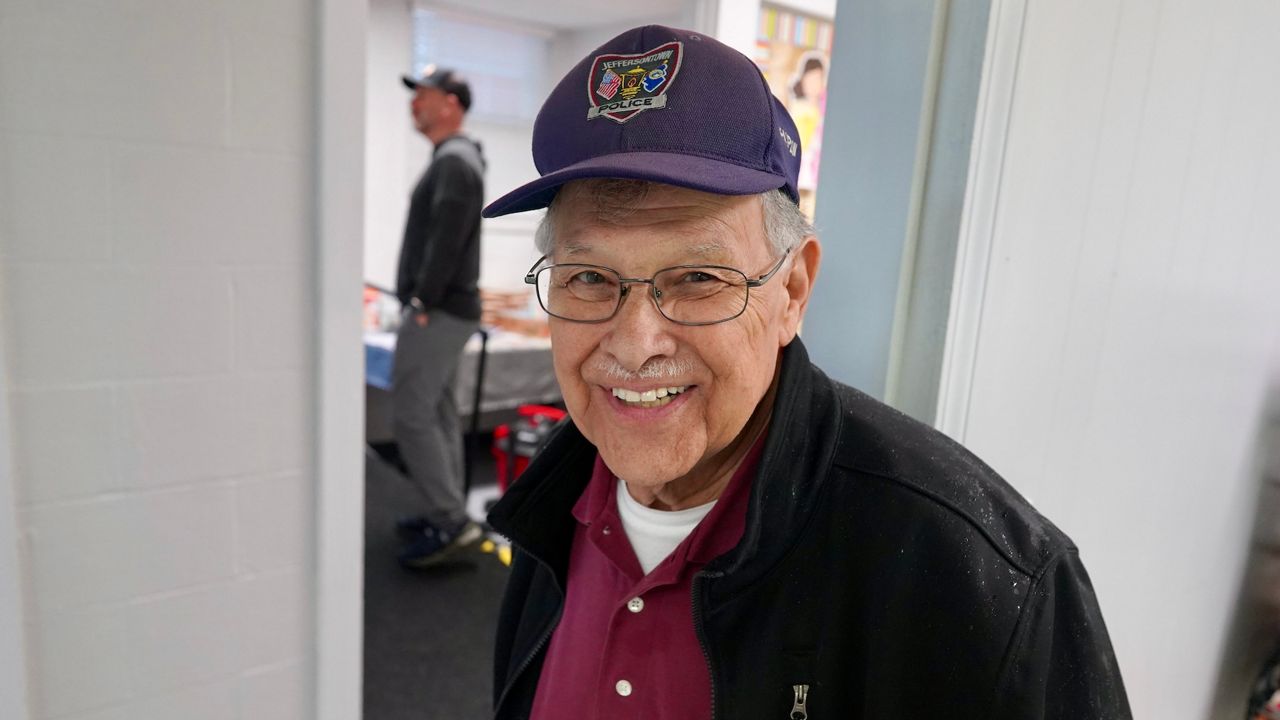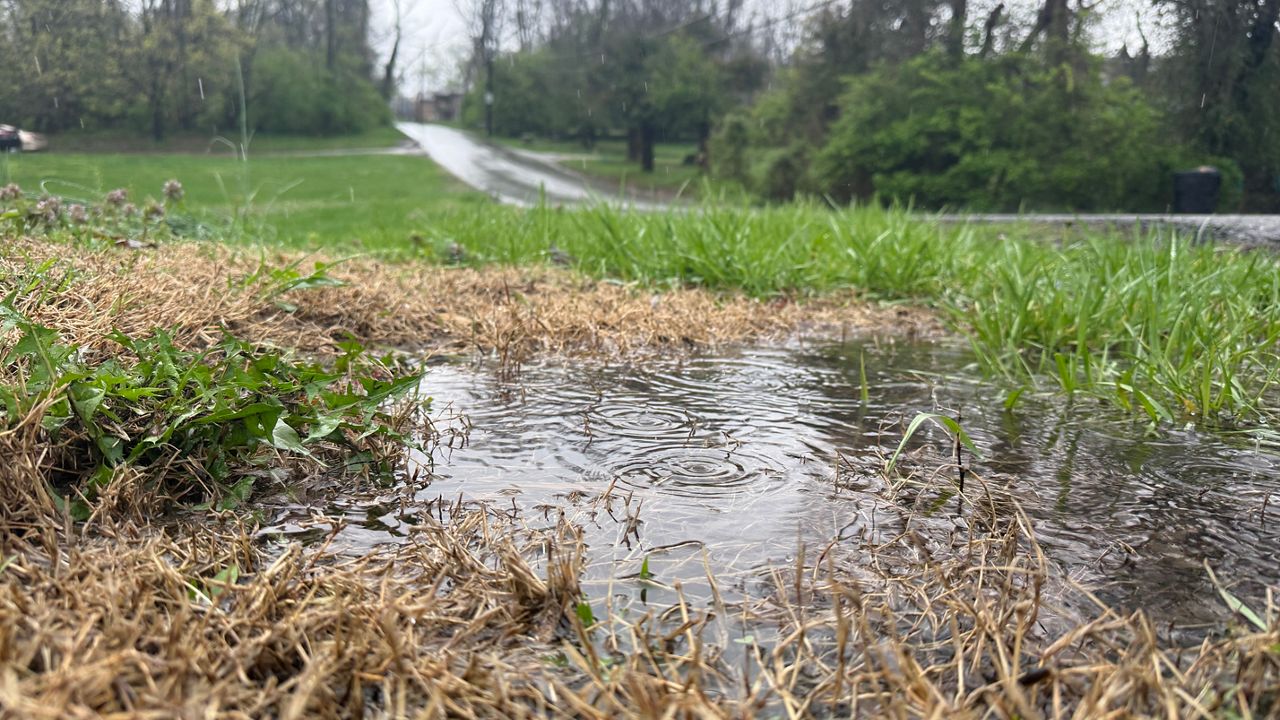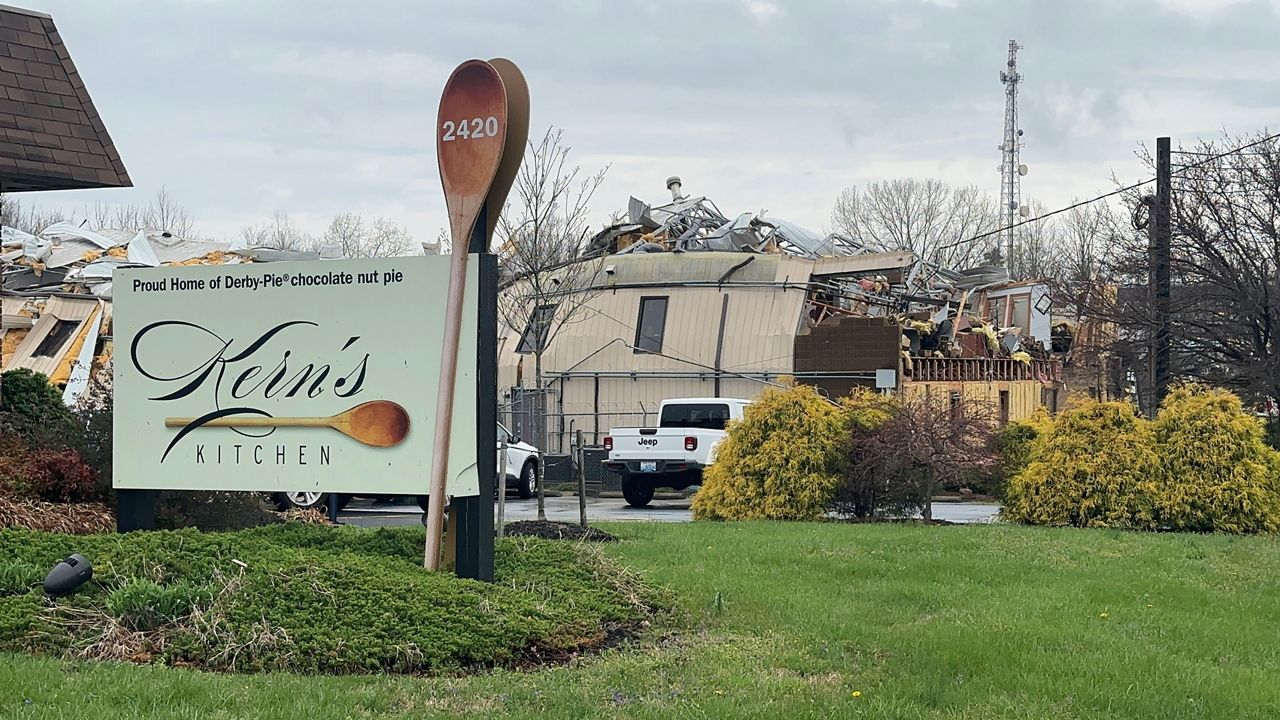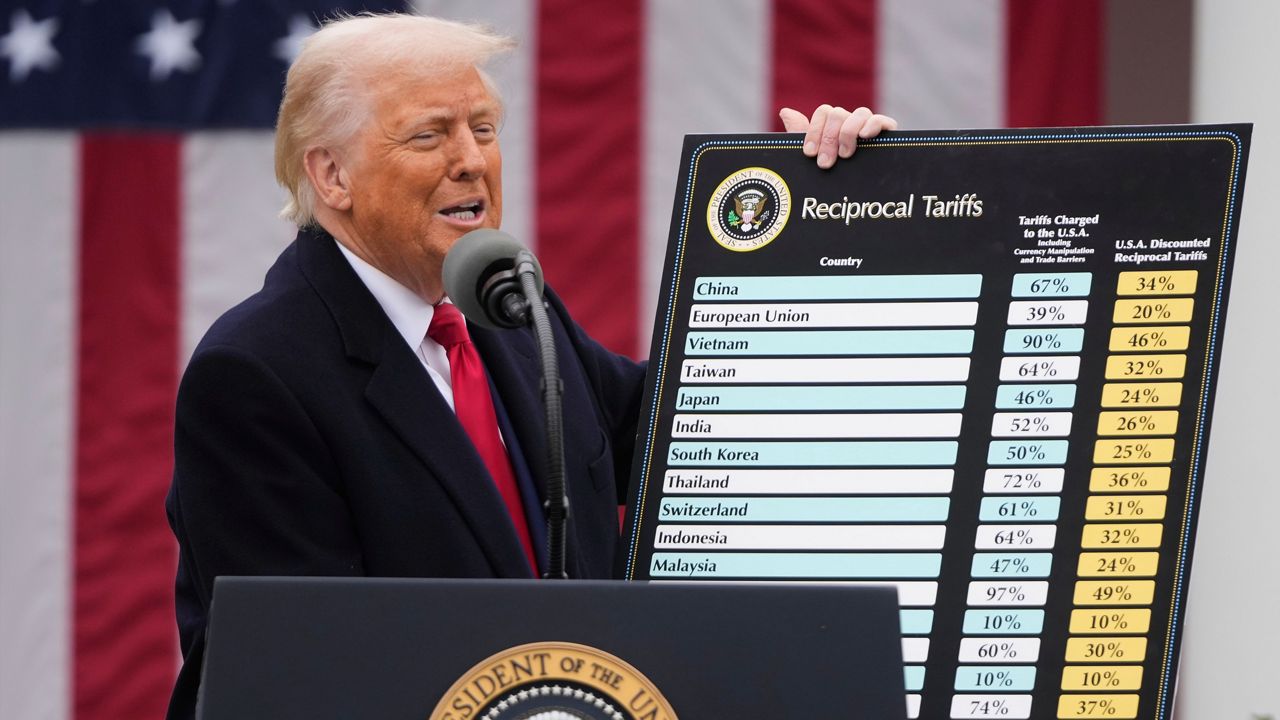LOUISVILLE, Ky. — Could one's ZIP code or neighborhood determine their health outcomes? Researchers at the University of Louisville and Simmons College of Kentucky are working to answer that question.
The Universal Basic Neighborhood Project focuses on diagnosing and treating places instead of just people.
For almost 18 months, Lauren Anderson and her team have spent time conducting crucial research. She’s the research manager at the Center for Healthy Air Water and Soil and the Christina Lee Brown Envirome Institute.
“We know that health is emergent from the circumstances where we live, where we work, play, pray, all of those things," Anderson said. "We cannot buy health directly, so we need to support the places where people live so that we can help everybody achieve good levels of health, no matter where they live in the city."
She said one of the mottos is there’s no such thing as a bad neighborhood.
“Ine of the things that we know, in development plans and neighborhood plans, is that health is not considered,” Anderson said.
They studied two areas in Louisville: Crescent Hill and the Russell neighborhoods.
“Both of the neighborhoods we looked at had really strong foundations," Anderson said. "They all had significant area assets that you can tap into whenever attempting to improve health and they also had a wide variety of things to address, things from controlling industrial pollution to attempting to mitigate noise pollution in other areas."
All this created a new framework that they’ll present back to the communities later this month looking at ways to improve health at the neighborhood level by providing resources that make it easier for residents to make healthy choices.
A $500,000 grant from the Robert Wood Johnson Foundation funded the 18-month study.
There are two meetings scheduled to report back on the findings. The first one is Feb. 27 from 6 p.m. to 8 p.m. at the Peterson-Dumesnil House focusing on Crescent Hill and the next one is March 6 from 6 p.m. to 8 p.m. at the Western Library in the Russell neighborhood.











